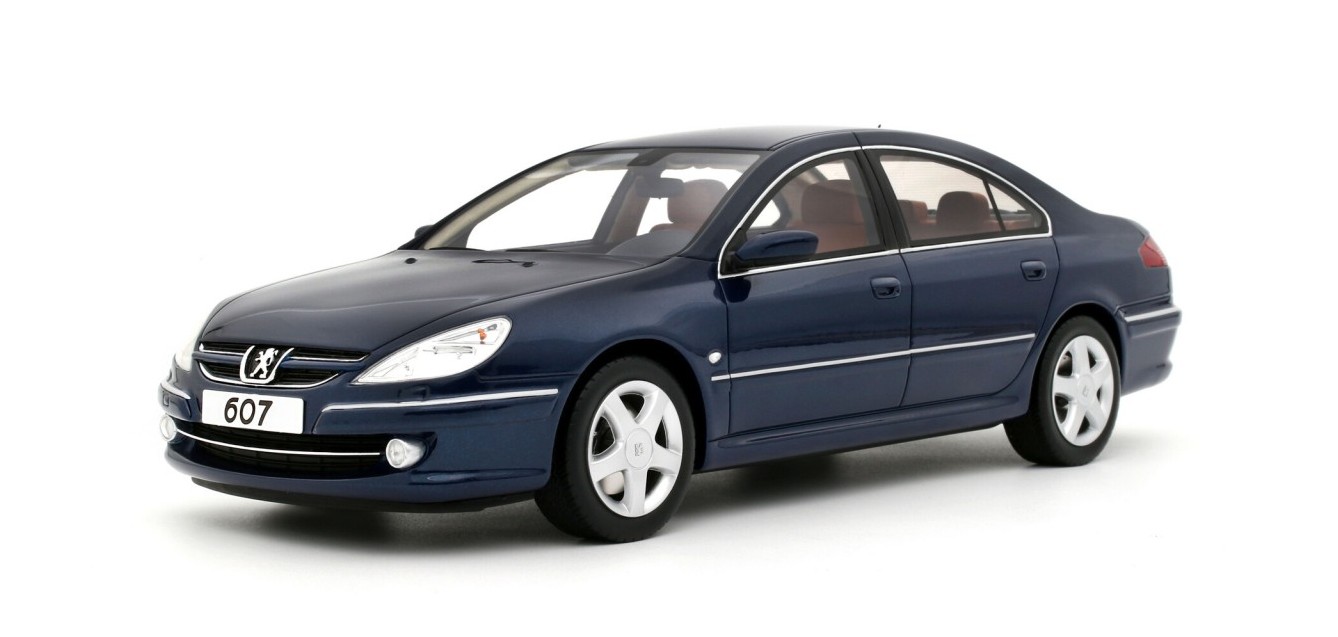

The Peugeot 607 is a full-size executive saloon produced from 1999 to 2010, designed to compete with premium German brands like Audi and BMW by offering a high level of luxury and comfort.
Overview
The 607 was Peugeot's flagship model, known for its sleek, aerodynamic styling, spacious interior, and emphasis on a smooth, comfortable ride, particularly for long-distance motorway cruising. It came with a high level of standard equipment for its time, including air conditioning, eight airbags, ABS, and a tire-pressure monitoring system on all models. In its home market of France, it was often used for official government transport. The car was superseded by the Peugeot 508 in 2011.
Common Problems & Reliability
The 607 has a mixed reliability record, primarily stemming from its complex electronics and certain mechanical components, although well-maintained examples can be dependable for high mileage.
Electrical Issues: Faulty window regulators, central locking failures, and various dashboard warning lights are commonly reported, often stemming from the complex wiring. A new battery, or in some cases the second battery in the boot, has been a simple fix for some of these issues.
Suspension and Brakes: The front suspension components, such as struts or control arms, can be prone to wear. Early models also had handling inconsistencies at high speeds which were addressed with suspension revisions and wider tyres in a 2004 facelift.
Engine Related Issues:
Diesel Engines: The HDi diesels are generally considered a strong point, known for reliability and economy if serviced regularly. However, regular maintenance of the DPF (Diesel Particulate Filter) is crucial for longevity. Turbocharger failures can also occur, often linked to a lack of regular oil changes.
Petrol Engines: Older 2.0L and 2.2L four-cylinder petrol engines are considered among the most reliable, though some V6 engines have been known to have oil leaks from VVT solenoids and cylinder head covers.
Automatic Gearbox Issues: The 4-speed AL4 automatic transmission used in some models is prone to valve body faults and fluid deterioration, leading to harsh shifting. Later 6-speed automatics are generally better.